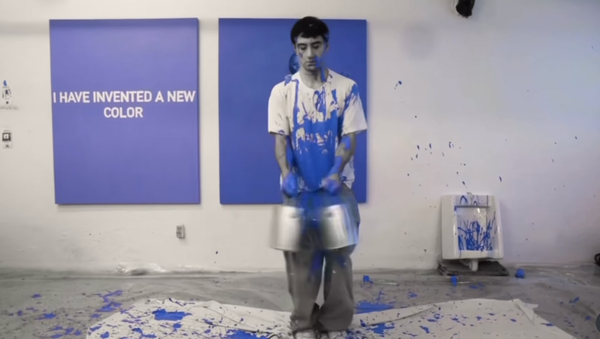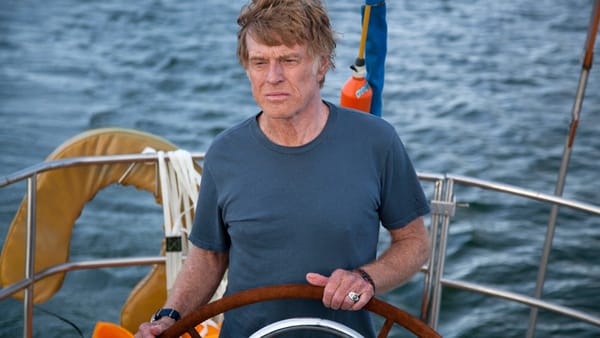We Need More Clay Puppets for Halloween
It’s *this* time of the year again and we’re all excited for another spooktacular Halloween. Spice up your Oct 31st by adding these stop-motion films to your watchlist and revisiting the quirky charm of handmade horrors.
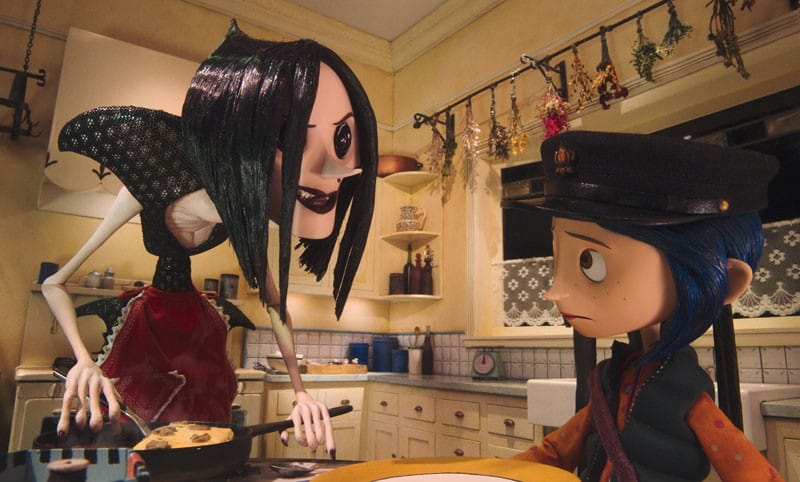
Welcome, my fellow werewolves, witches, ghosts, vampires — or whatever you will become on Oct 31! As of today, I’m assuming most of us are ready and set, counting down to Halloween. There will be only one thing that matters: horror.
Besides trick-or-treating, decorating houses, and carving pumpkin lanterns, the fun of Halloween lies in many more activities that include but are not limited to cosplaying and watching horror films with friends and family. Nothing makes it more satisfying and immersive when a group of people get haunted together in front of a big screen.
Currently working on my Halloween watchlist, I’ve found myself returning to some of the older stop-motion animated dark fantasies rather than those trending horror films on Netflix and HBO. From M3GAN to The Menu to Smile 1 & 2, the past few years have witnessed commercial horror films emerging one after another, yet most fall short in innovation and creativity. As the market grows increasingly saturated, stories and motifs are being recycled over and over, and viewers often leave the theater feeling either unsurprised or unsatisfied.
“They just all feel generic and uninspired these days. I can’t remember the last good horror movie that came out within a few years besides Black Phone,” says a Reddit user, whose post then sparks a fierce debate regarding horror films that are truly worth watching.
Certainly, there are a handful of great horror films out there. You’re more than welcome to share works that intrigued you.
Although typically falling into the category of comedy, stop-motion films find a way to define “horror” differently. Amid today’s animated works and even the AI-powered ones with everything smoothly rendered and perfectly shaded, stop-motion animation remains raw, organic, and strong. Handmade puppets, sets, and props might not be as seamless and flawless as those created with digital tools and software. Yet, perhaps such artificial imperfections happen to be the key to stop-motion animation’s quirky kind of charm and horror.
On that note, in chronological order, I’ve got you covered with a few well-known works of stop-motion animation to revisit — or check out — if you’re new to them.
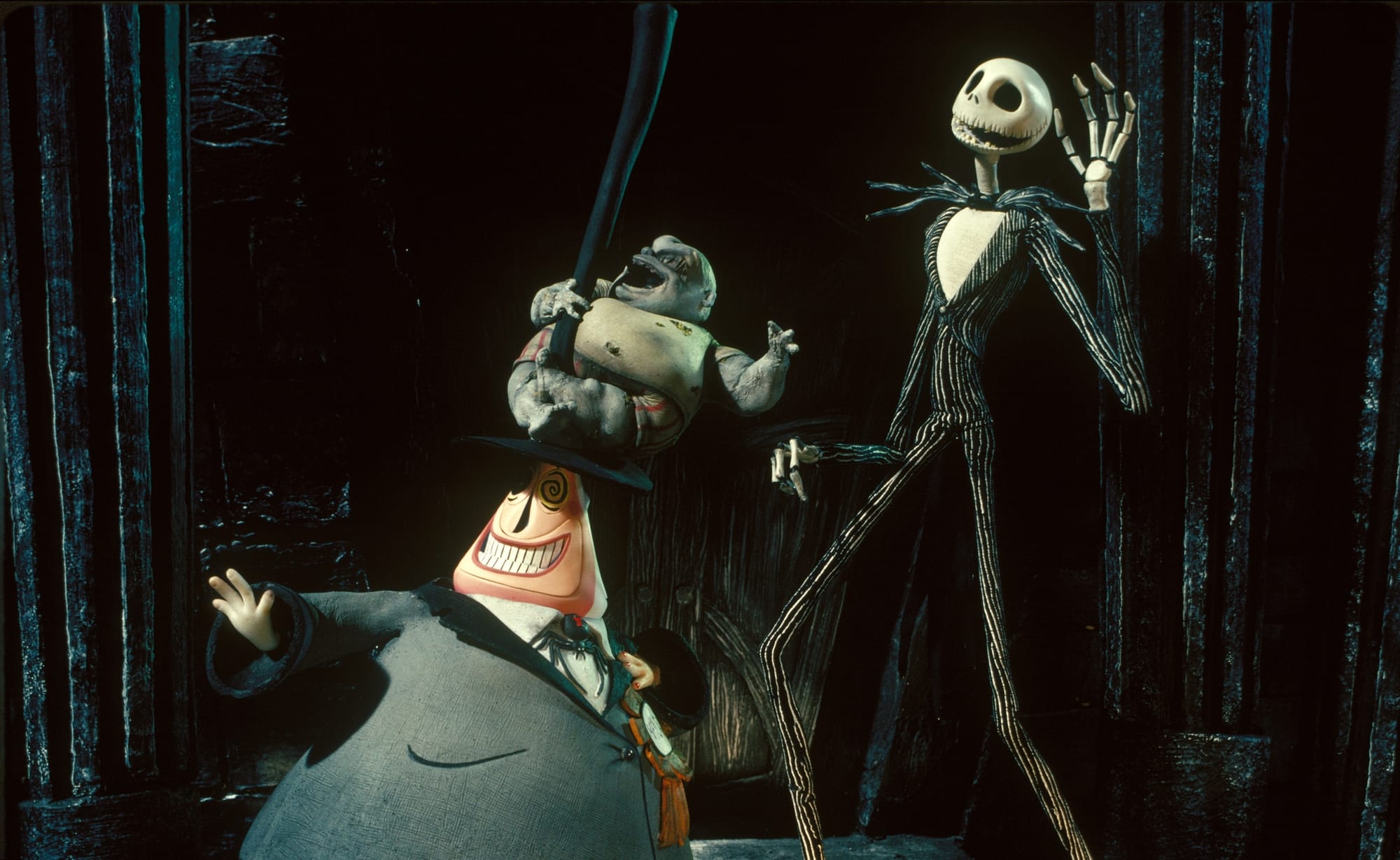
We can’t talk about Halloween-themed stop-motion animation without mentioning The Nightmare Before Christmas (1993). Directed by Henry Selick, this hour-long film features a dark comedic story by Tim Burton and musical elements. The film unfolds with monsters singing and dancing to “This Is Halloween,” an eerie, catchy, and mischievous song composed by Danny Elfman.
The story centers on Jack Skellington, the beloved pumpkin king of Halloween Town, who grows tired of the same old routine of frightening people every year. Stumbling upon Christmas Town one day and falling in love with the festival, Jack gets inspired and demands the Halloween Town to organize its own Christmas. His next move? Trick-or-treating trio Lock, Shock, and Barrel kidnap Santa on Jack’s order. Meanwhile, he plans to become the new Santa for this year’s Christmas, delivering gifts for children. However, the trio bring Santa to Oogie Boogie, Jack’s rival, marking the very beginning of his misadventures.
Almost all the characters in the film are sculpted from clay. The process of model-making was overwhelming, with a total of 227 character models created. To further capture the characters’ diverse facial expressions, the crew created even more interchangeable head models. In the end, nearly thousands of different models were made in total, and Jack alone had over four hundred different head models.
In the early 1990s, The Nightmare Before Christmas represented the peak of stop-motion animation in not only Hollywood but also the whole world. More importantly, it is the first full-length stop-motion film produced in Hollywood. As the first stop-motion film to distribute globally, The Nightmare Before Christmas is undoubtedly two things: groundbreaking and epochal.
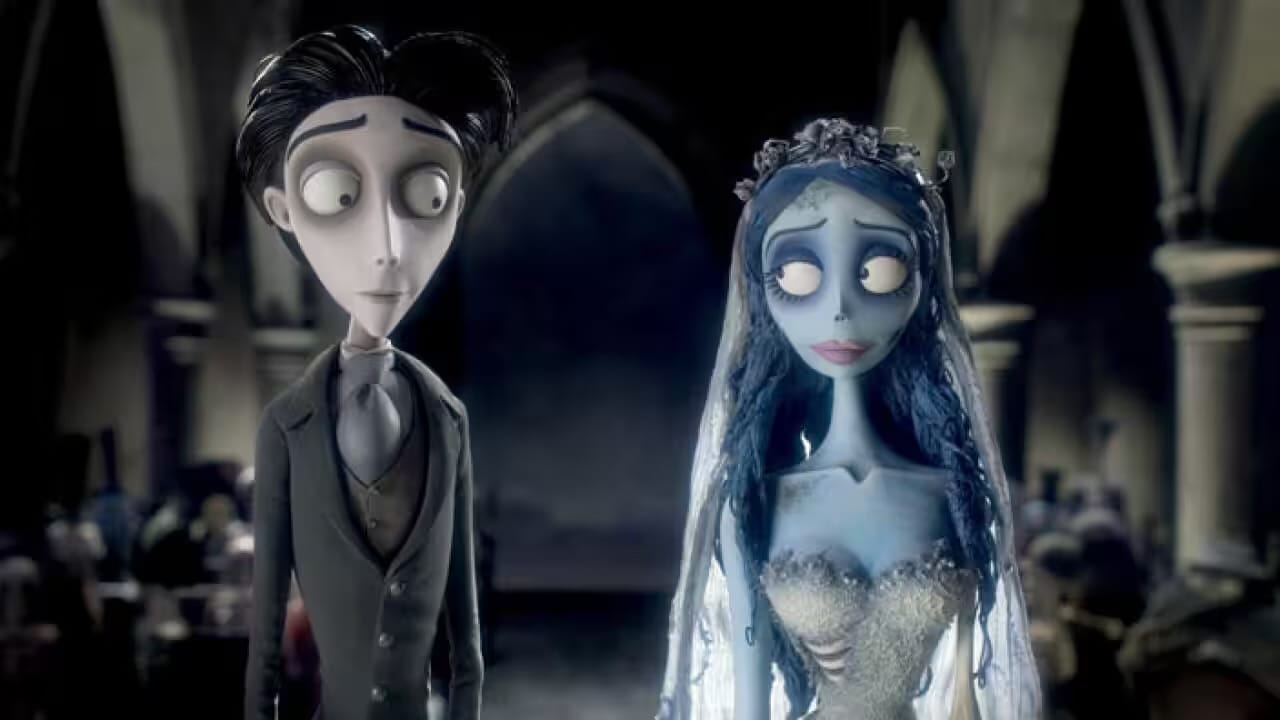
Corpse Bride (2005) is a dark fantasy directed and written by Tim Burton and Mike Johnson, starring Johnny Depp and Helena Bonham Carter as voice actors. The film carries on the signature style of Tim Burton — grotesque and macabre. Still, it adds something fresh: romance. Two seemingly opposite tones fuse together to create a story that’s haunting, beautiful, and bizarre. Like, marrying a corpse? Enlighten me.
The film is allegedly inspired by a Jewish fairytale known as The Finger. In the film, we are taken to a gothic English village in the 1800s to follow the steps of Victor Van Dort, who is preparing for his arranged marriage with Lady Victoria Everglot. In a forest, Victor rehearses his vows by speaking to a tree and placing a wedding ring on what appears to be a twig. The twig, however, turns out to be the finger of Emily, a dead woman who now rises from her grave and agrees to become Victor’s wife. Indeed, it’s a “grave” misunderstanding.
Emily brings Victor to the Land of the Dead, where Victor learns about her story. She was murdered many years ago on the night before her elopement with her fiancé. Since then, she has been lingering — for her mysterious death, for her unfinished wedding.
In order to return to the his world, Victor tricks Emily. He then reunites with Victoria. Emily, however, discovers them and angrily kidnaps Victor back to the Land of the Dead. Upon hearing about Victor’s missing, Victoria’s parents decide to remarry her to Lord Barkis Bittern. Now, Victor has to solve his problems with Emily and find his way back to rescue Victoria.
Twenty years after its releasing, this gothic romance remains timeless and irresistible. It‘s noteworthy that, in Corpse Bride, the Land of the Dead is a colorful realm filled with lively energy. Ghosts drink and sing in bars and the streets. Whereas, in the world of the living, hypocrites and egoists walk. Everything is painted plainly in black and white. People, though breathing, appear gloomier than the dead. The contrast invites viewers to closely analyze the irony within.
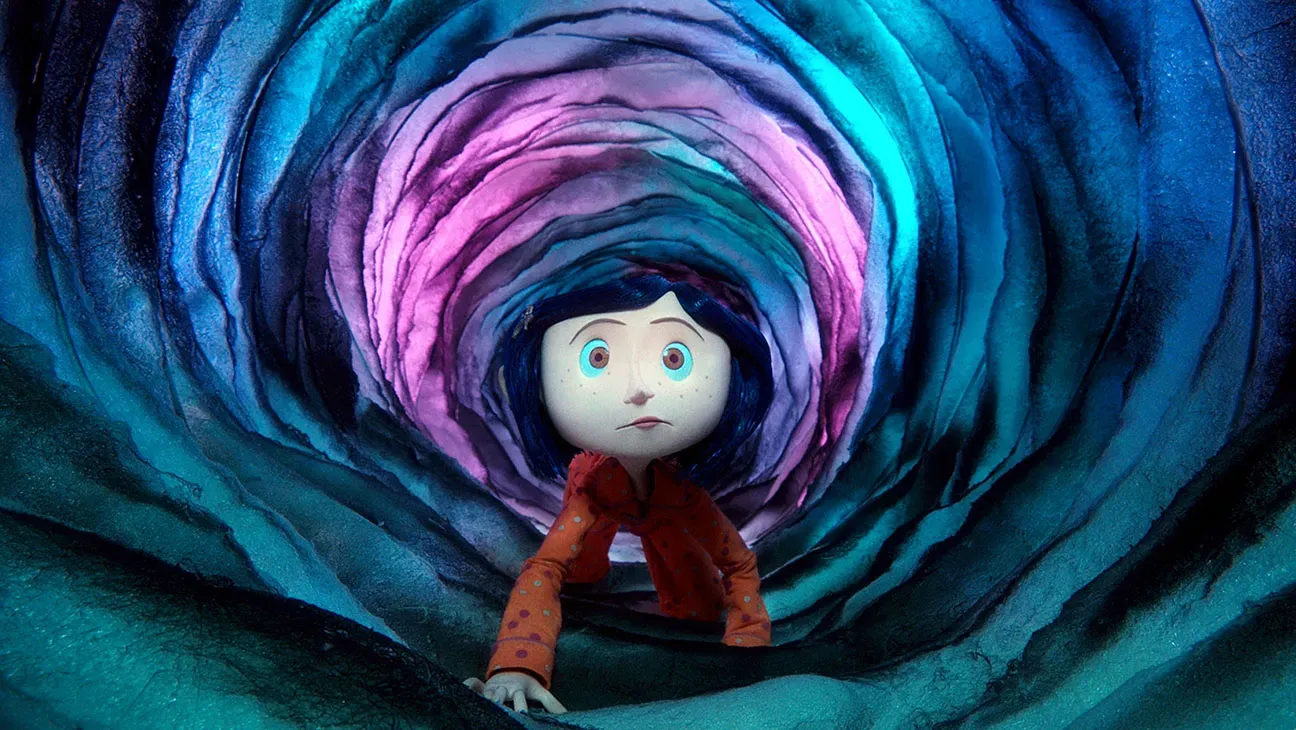
To be very honest with you all, I truly regret clicking on Coraline (2009) without a solid mental preparation. Having absolutely no clues with what I was about to confront, I was terrified — so much so that before going to bed that night, I made sure to tuck away every piece of clothing with buttons into the closet.
Not a comedy, not a romance, Coraline is pure horror. Apparently, it is a huge success. The film holds a 91% rating on Rotten Tomatoes, which is significantly higher than the average score for its category.
Written and directed by Henry Selick, Coraline is adapted from the 2002 novella by Neil Gaiman. It is also the first feature film produced by Laika studios. The film surrounds the story of a young girl named Coraline after moving into her new home, the Pink Palace. While exploring the house, she discovers a hidden door. Unhappy with her busy parents and boring life, Coraline enters the door and arrives at an alternate realm, the Other World, that parallels her own but, in almost every way, is strangely better and idealized. She meets her Other Parents, who plays piano for her and cooks her delicious dinner. Later on, she also meets her Other Neighbors, and all of them appear to be the coolest version of themselves. One thing that’s off, though: without exceptions, everyone here has button eyes.
A black cat who Coraline befriends with earlier warns her about the Other World. There were kids who disappeared decades ago, presumably kidnapped and killed by the Other Mother, who spies on their lives, lures them, and sews buttons onto their eyes, trapping their souls with her.
The Other Mother then invites Coraline stay in the Other World forever if she agrees to replace her eyes with buttons. Awakened from the fabricated fantasy, Coraline escapes from this dangerous world and promises to free the souls of three ghost children, who reveals to her the true, evil form of the Other Mother. With the help of a friend, the cat, and an adder stone that allows her to find the children’s missing eyes, Coraline sparks on a mission to rescue not only the trapped souls but also her real parents, who are kidnapped by the Other Mother.
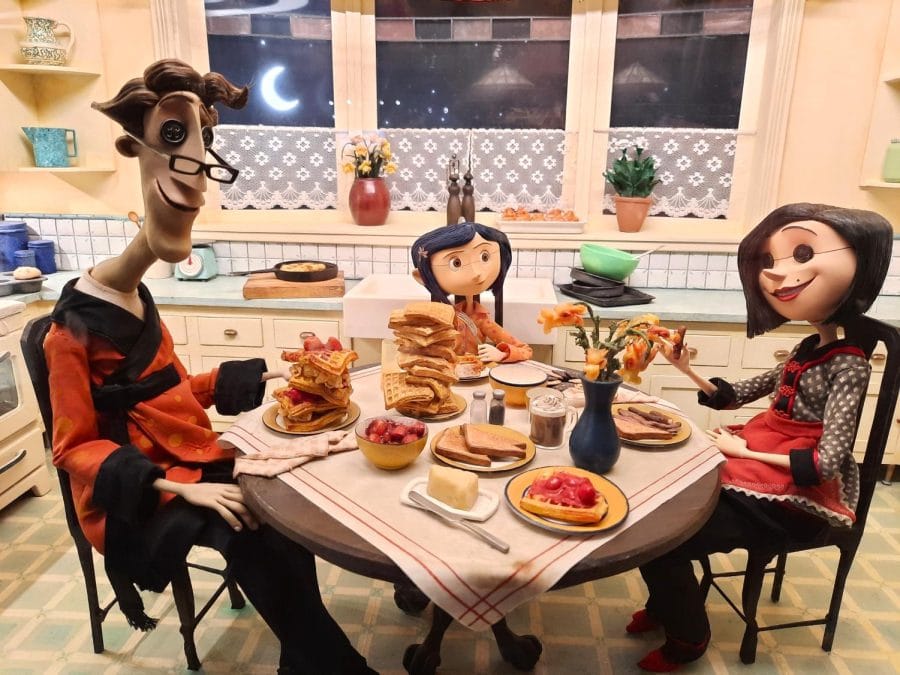
During the making of The Nightmare Before Christmas, Henry Selick, the man behind clay puppets, created a huge amount of interchangeable head models with his crew. By the time of Coraline, he came up with the idea of splitting the puppets’ faces into two halves — the upper and lower. Doing so allows the facial expressions to be swiftly swapped during filming, largely reinforcing efficiency. The narrow gaps on the faces were later erased digitally by editors.
Thanks to Henry Selick’s high standards for detail and texture, all the puppets’ clothing and hair were handcrafted. Additionally, the burning flames in Coraline were primarily hand-drawn and later edited, while the fog came from dry ice. Despite in 2009, the technology was already capable of creating effects that stop-motion once couldn’t, Henry Selick remained faithful to the most essential art of stop-motion itself, believing in human hands’ power to craft the purest sense of horror and visual thrill.
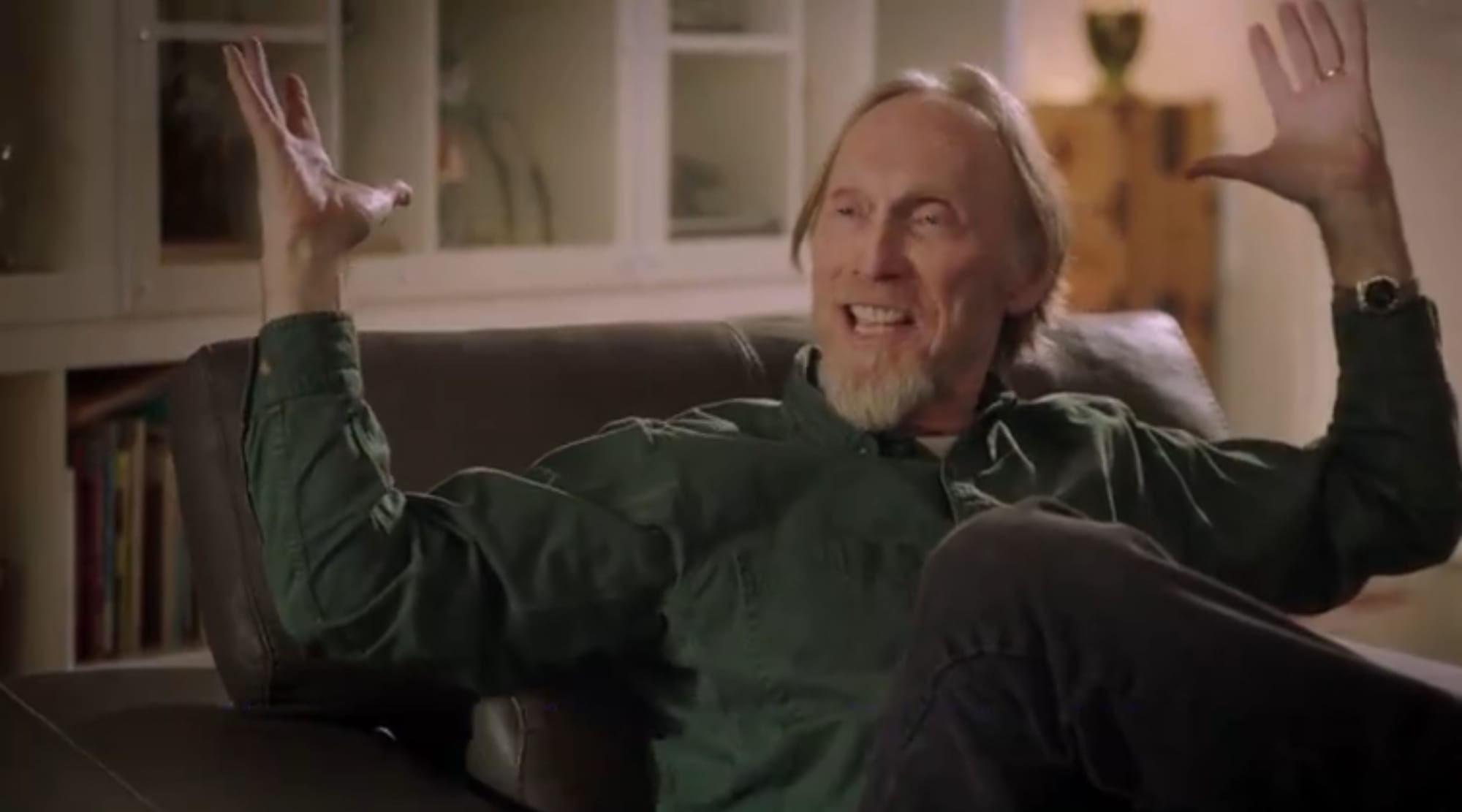
In “Prop Culture” (2020), a documentary TV series hosted by Dan Lanigan, Henry Selick recalls and reflects on his experience creating his stop-motion films.
“I mean, to be a part of anything that lasts more than five minutes,” says Henry Selick. He waves his hands, laughing loudly and proudly.
‘Will my purest love for a certain object endure in people’s hearts? A hundred years after I’m gone, will there still be somebody remembering or visiting my works, drawing strength and inspiration from them?’ These are the questions and wishes shared by all creators. But perhaps, the answer to such concerns has long been written in days and nights of tireless and passionate creation.
The Art Newsletter
Creativity. Culture. Community.
Unlock independent analysis trusted by curious minds worldwide become a paid supporter and get access to our full content library. Every Thursday, we send a carefully curated drop of stories, tools, and creative insight for the next generation of artists, musicians, filmmakers, designers, and thinkers.
Join a global community of readers who never settle for surface-level stories.




